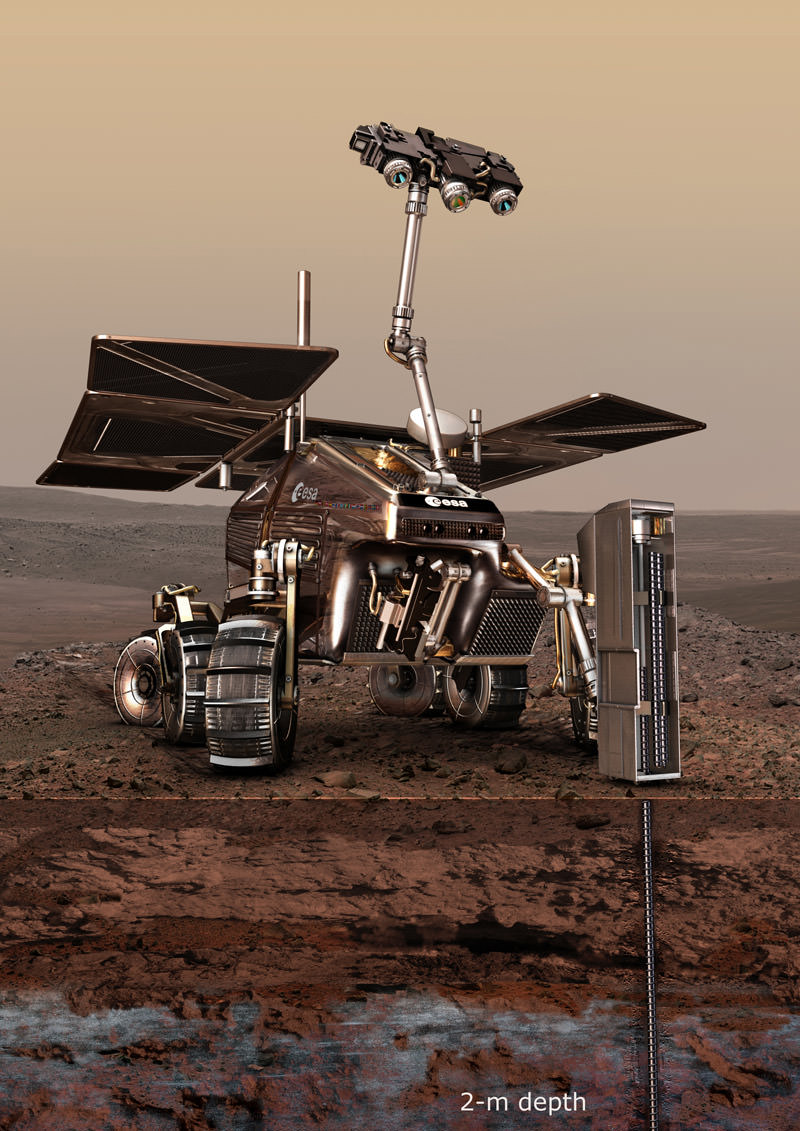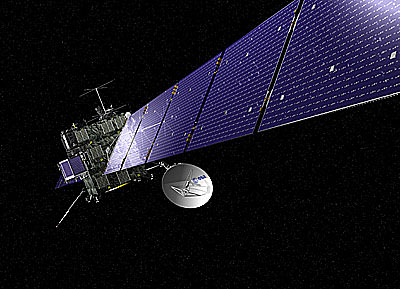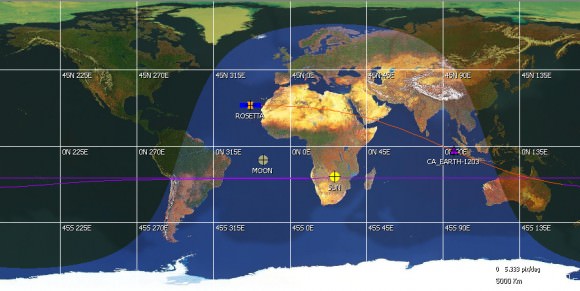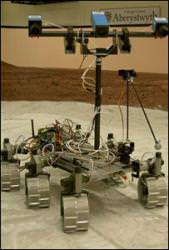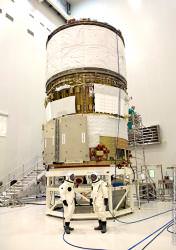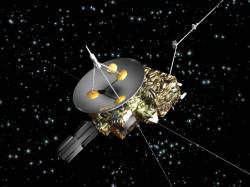[/caption]
If you’re looking for some superb space and astronomy vodcasts, ESA has produced a series of informative video podcasts that explore our Universe as seen through the “eyes” of ESA’s fleet of science spacecraft. “The Science@ESA podcast series was started as part of an education and public outreach project for the International Year of Astronomy,” said Dr. Salim Ansari, from ESA’s Directorate of Science and Robotic Exploration, “but it will continue on past IYA, continuing to cover more missions and discoveries.”
The series is a high quality video podcast with HD graphics and stunning visuals. Ansari said the production all done in house.
“One of my favorites is actually the first podcast that shows how with our eyes we see just a small portion of the electromagnetic spectrum,” Ansari said. “But we demonstrate how the different spacecraft can provide insight across the whole spectrum.”
Other podcasts delve into specifics of the electromagnetic spectrum that will be explored by the new Planck (microwave) and Herschel (infrared) spacecraft, to learning about the Gaia galaxy mapper mission that will determine the position of a billion stars.
A new 7th podcast will be released next week that introduces the solar system as seen by the Venus Express, Mars Express, Rosetta, Cassini-Huygens, SoHO and Cluster.

